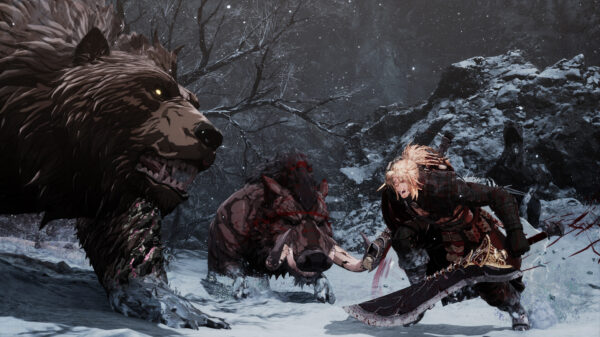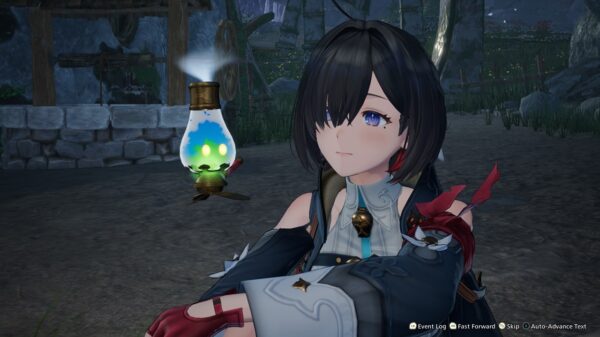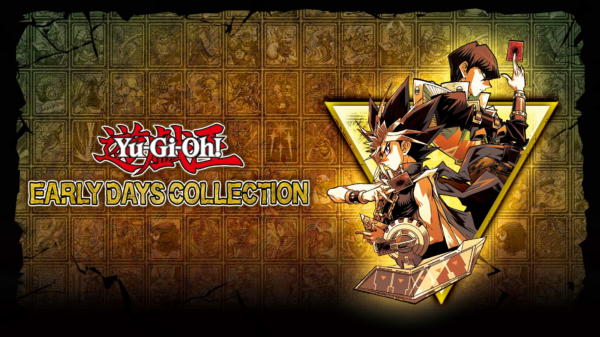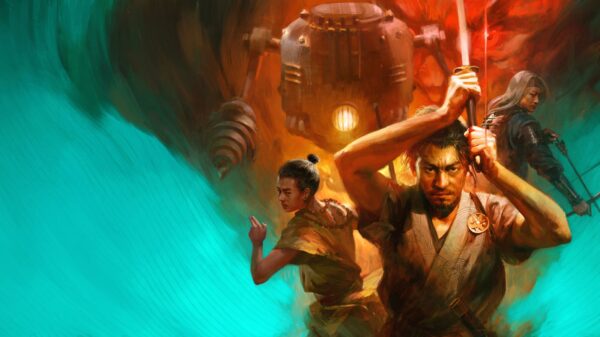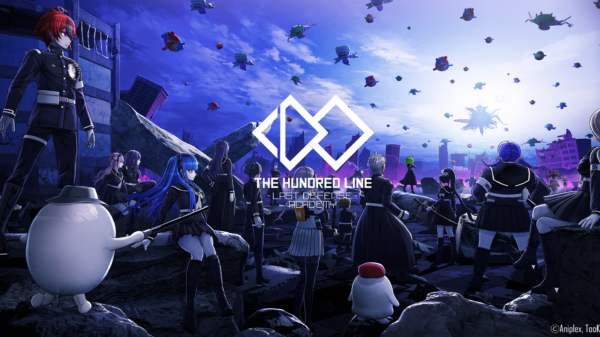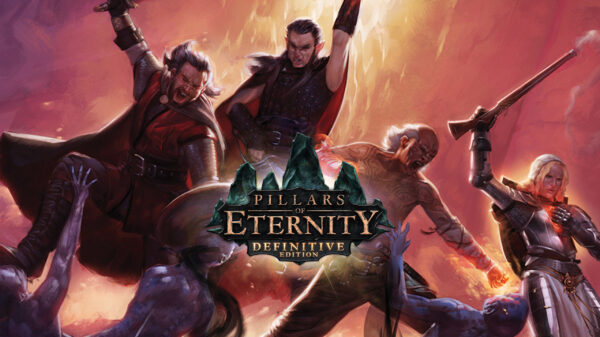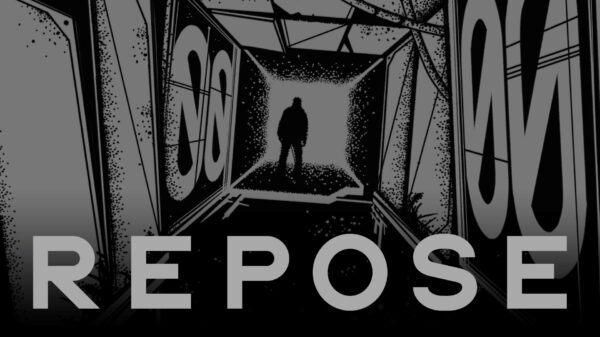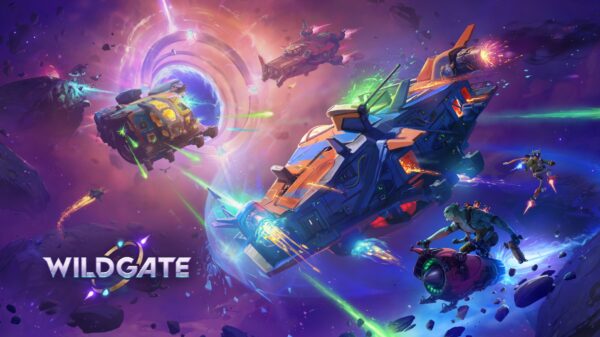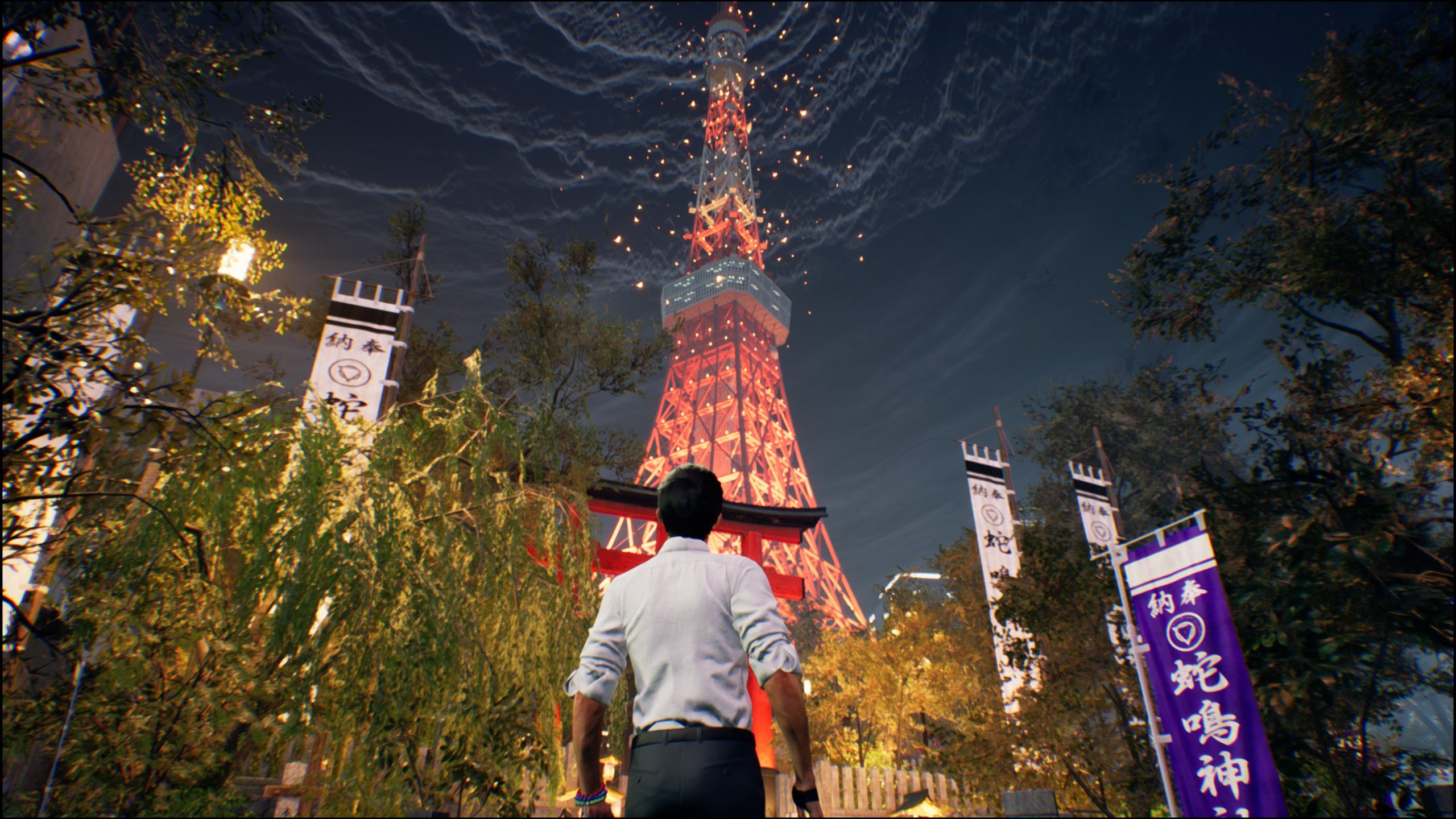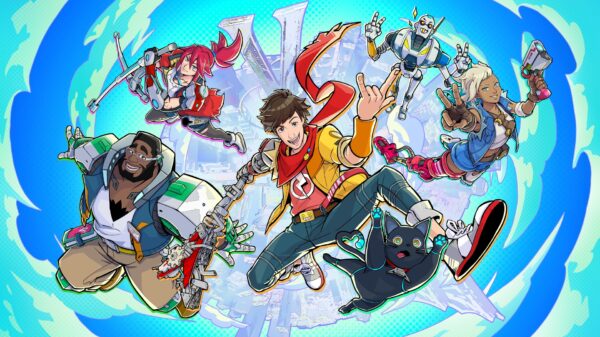GhostWire: Tokyo is a great, if not slightly repetitive game that takes full advantage of its incredible setting and themes. I wish combat was a tad more varied, but otherwise, it’s the first-person Dr. Strange/Jujutsu Kaisen game I’ve always wanted, all set in a brilliantly supernatural Japan.
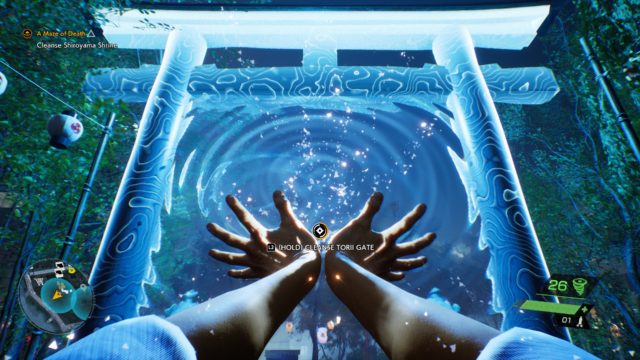
GhostWire: Tokyo
Developer: Tango Gameworks
Price: $60
Platform: PS5 (reviewed,) and PC.
I’ve been intrigued by GhostWire: Tokyo since the very start, partially because Japanese folklore is so fascinating. The wide variety of different yokai and figures, who each serve different purposes and have wildly creative origins and designs, is cool as hell. So getting to interact with them in modern times with magic powers sounded like a dream come true. For the most part, GhostWire: Tokyo lives up to these expectations, as I’ve had a great time during my 24 or so hours of playing.
You play as Akito, a young man who nearly died in a motorbike accident just before Tokyo was flooded with a fog that removed everyone’s souls. Akito is suddenly possessed by a spirit named KK, who wants to get defeat the man responsible for the fog due to a shared past. Though reluctant at first, Akito learns that his sister has been taken by the Hannya-masked villain KK is pursuing, leading to him and KK doing all they can to purge Tokyo of its fog and the deadly Visitors the fog brought with it.
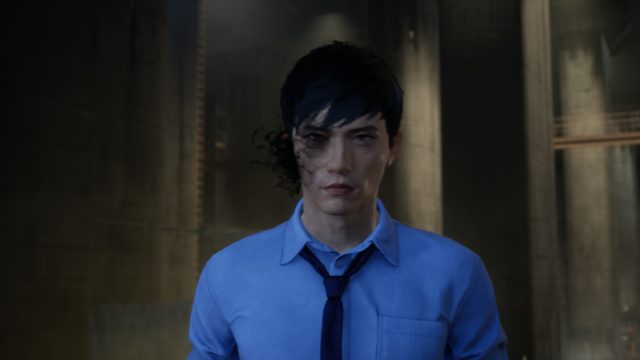
The story is pretty simplistic for the majority of its runtime, but the characters are appealing enough to keep you going. The ending, on the other hand, is surprisingly poignant. It really delves into how grief is processed by different people, in an emotional way that actually made me contemplate death a bit. Pretty heavy stuff, but done very well. So even if the story doesn’t fully catch your interest, I think the ending offers some strong themes.
“Ripping out enemy cores with mystical ropes, or sealing them with a talisman and hand signs feels incredible largely because of how damn cool it looks.“
GhostWire: Tokyo plays from a first-person perspective, from which you have to battle off fearsome Visitors using flashy spells. There are three elements of spell: Wind, Water, and Fire, which are all rather different in how they damage foes. I would have liked maybe one more element (perhaps Earth) to really mix up the gameplay, as you use the same attacks for the vast majority of the game. I wasn’t necessarily bored or anything, as I even plan to go back and try to Platinum the game because of how fun it is, but a little more variety would’ve made the gameplay really stand out.

There are a lot of meaningful upgrades to purchase with the XP you get from slaying Visitors, completing missions, and transferring lost spirits. Some make your mystic attacks more powerful or change them to pierce through foes, while others let you equip more prayer beads and arrows. Even after doing all the side-quests, I still had plenty more upgrades to nab, but I still felt plenty powerful and well-equipped, so a good balance is struck in how upgrades affect progression.
The sections where Akito and KK split up can be fun, but it’s done just a tad bit too often. Using a bow to fight off spirits is pretty neat, but fighting waves of foes or sneaking around to avoid them when you have no arrows really halts the otherwise stellar pace of the game. Speaking of which, I love that this game is only six chapters long and that it never really slows down. You can get through it quickly if you want to, but there’s so much side content to do that I’ve already poured 24 hours in after beating it, and I plan to put in more.
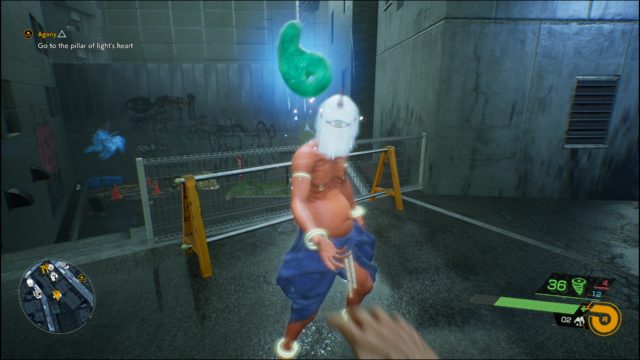
When you’re not shooting elemental blasts at scary spirits, you’re mostly jumping around and exploring Tokyo. This open world is stunningly realized, as the entire city is quite distinct and memorable. It’s a huge city with all sorts of secrets and collectibles to find in every nook and cranny, from hidden tanukis to handy little Jizo statues and spirits to be transferred. I really loved uncovering all of the city by cleansing Torii gates, as it felt more rewarding than most open-world games. I wish the side-quests had a bit more variety, but seeing so many different Japanese legends adapted into these side-missions made them largely worthwhile.
While the character models aren’t breath-taking on the PS5, the particle effects and appearance of attacks sure are. Ripping out enemy cores with mystical ropes, or sealing them with a talisman and hand signs feels incredible largely because of how damn cool it looks. The city is beautiful, and I could soak in the atmosphere that comes from hanging in a shopping district or at a shrine in the rain for hours. If the weeb in me didn’t already want to visit Japan at some point, this game’s vibrant rendition of Tokyo would have pushed me over the edge.
 The Final Word
The Final Word
GhostWire Tokyo is an exciting and just plain cool game. The combat, while a bit repetitive, is fun and flashy in the best way, and the world is a thrill to explore. I hope we get a sequel set in another part of Japan, as the Japanese folklore combined with everything else makes this a truly unique experience that I’d love to experience again.
MonsterVine Rating: 4.5 out of 5 – Great

